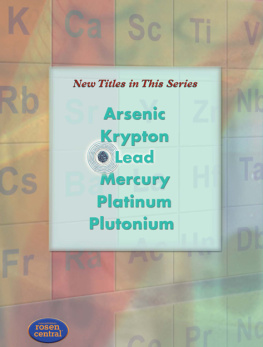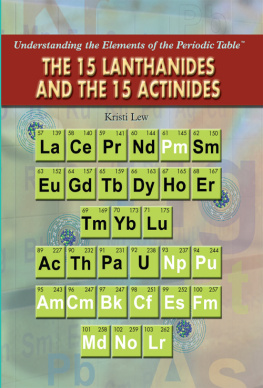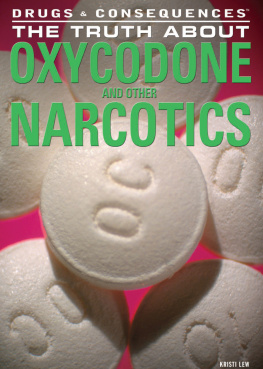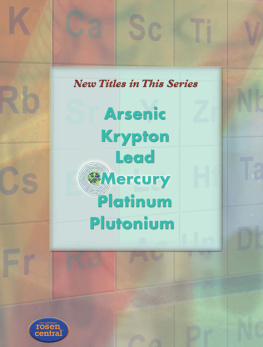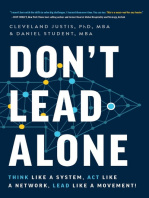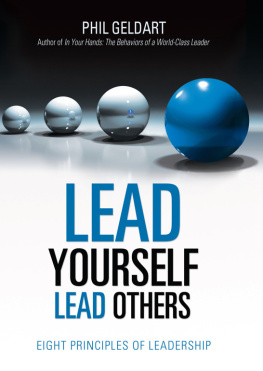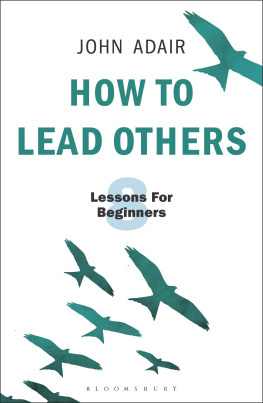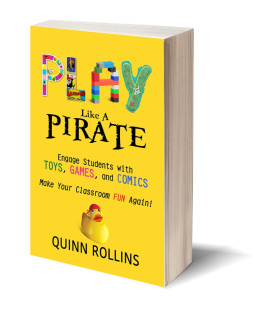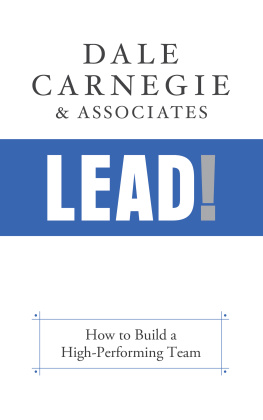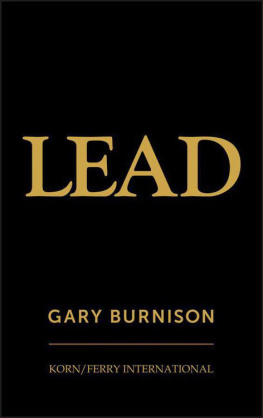Page List

For all the men and women dedicated to keeping lead products out of the hands and mouths of children
Published in 2009 by The Rosen Publishing Group, Inc.
29 East 21st Street, New York, NY 10010
Copyright 2009 by The Rosen Publishing Group, Inc.
First Edition
All rights reserved. No part of this book may be reproduced in any form without permission in writing from the publisher, except by a reviewer.
Library of Congress Cataloging-in-Publication Data
Lew, Kristi.
Lead / Kristi Lew.1st ed.
p. cm.(Understanding the elements of the periodic table)
Includes bibliographical references and index.
ISBN-13: 978-1-4042-1779-9 (lib. bdg.)
1. Lead. 2. Periodic lawTables. 3. Chemical elements. I. Title.
QD181.P3L49 2009
546.688dc22
2007042140
Manufactured in the United States of America
On the cover: Leads square on the periodic table of elements. Inset: The atomic structure of lead.
Contents
F orensic scientists are looking into a 180-year-old mystery. What killed Ludwig van Beethoven (17701827), the famous classical music composer? Could it have been his doctor? Forensic scientist Christian Reiter of the Medical University of Vienna in Austria believes that it is possible. Many people know that Beethoven started to become deaf in his late twenties. But they are often surprised to learn that, before his death in March 1827, Beethoven had endured a terrible illness for more than thirty years.
In the days after Beethovens death, mourners came to pay their respects to the great composer. Not only did they view Beethovens body, but some mourners also clipped a lock of his hair to take home as a keepsake. In 2005, scientists used these hairs to investigate the reason for Beethovens consistently poor health. They tested some of the hair and from it found that Beethovens blood contained almost 100 times more lead (chemical symbol: Pb) than normal. It turned out that Beethoven had a severe case of lead poisoning.
Then, in 2007, Reiter tested two more strands of Beethovens hair. Because hair absorbs chemicalsincluding leadfrom the bloodstream as it grows, Reiter was able to establish a day-by-day chemical diary of the last four months of the composers life. Medical records show that during this time, Beethoven suffered from painful swelling in his abdomen. Scientists believe that this was due to cirrhosis, a liver disease. Four times during Beethovens last months of life, his doctor, Andreas Wawruch (17711842), drained the fluid from his abdomen by puncturing it with a needle. Reiters research shows that the amount of lead in the composers body went up after each of these punctures. Scientists are not exactly sure where the lead came from, but they theorize that it could be from lead-containing medicines used by Wawruch to clean or seal the wound. These medicines may have made Beethovens lead poisoning even worse, hastening his death. So, it is possible that in trying to help Beethoven, Wawruch may have accidentally killed the great composer instead.

The German composer Ludwig van Beethoven was a victim of lead poisoning and died in 1827.
Lead is quite poisonous to humans. It is also a cumulative poison, which means that it gradually builds up in the body. Over time, lead in the body can damage the brain, liver, and kidneys. Unlike some other metals such as zinc (Zn), iron (Fe), calcium (Ca), and sodium (Na), which are required for a healthy body, lead has no useful biological function and should not be eaten or otherwise taken into the body.
Lead is not all bad, though. The metal is quite useful as a shield for X-rays and the radiation produced in nuclear reactors. It also does a good job of absorbing sounds and vibrations. Lead combined with other elements into chemical compounds can be used in lead-acid storage batteries that run cars, in delicate crystal bowls and glasses, and in making rubber stronger and more weather-resistant. Consequently, as long as it stays out of the human body, lead can be a very useful metal to have around.
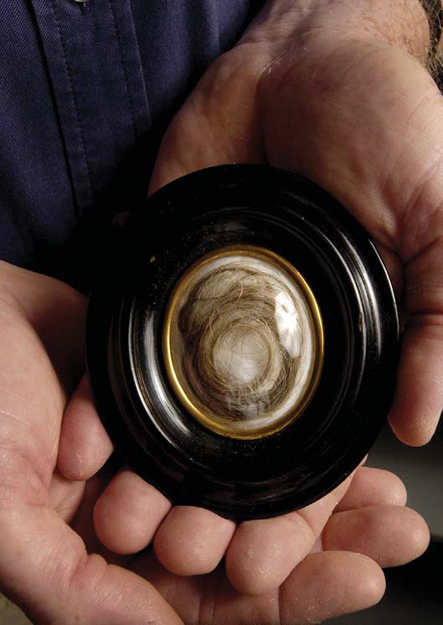
Almost 180 years after Beethovens death, researchers tested a lock of his hair and found that it contained massive amounts of lead.
L ead is an element that has been known since ancient times. Elements are substances that are made up of only one type of atom. A piece of pure lead is made up of many tiny lead atoms. Atoms are the building blocks of all matter, which is anything that has mass and takes up space. A desk, the floor, and water are all types of matterand so are you.
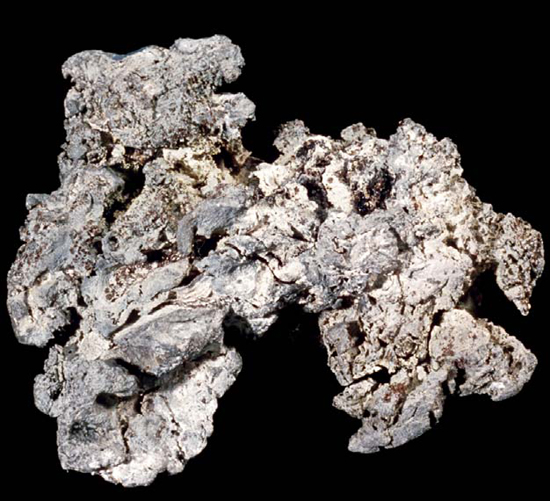
Lead is a soft, heavy, toxic metal. When it is freshly cut, lead is a shiny, bluish white. But when it is exposed to air, the metal quickly turns a dull gray.
History of Lead
More than 100 elements make up the Earth. Lead is one of them. In fact, it was one of the first elements ever mined. Some lead coins and statues more than 7,000 years old have been found in Egyptian tombs. Nearly 2,500 years ago, the ancient Romans used lead, too. They got most of their lead from mines in England and Spain. Ancient Romans used the metal to make pewter plates (pewter is a mixture of lead and tin [Sn]) and a large underground system of lead pipes to carry water. Some of these pipes can still be found in Rome today.
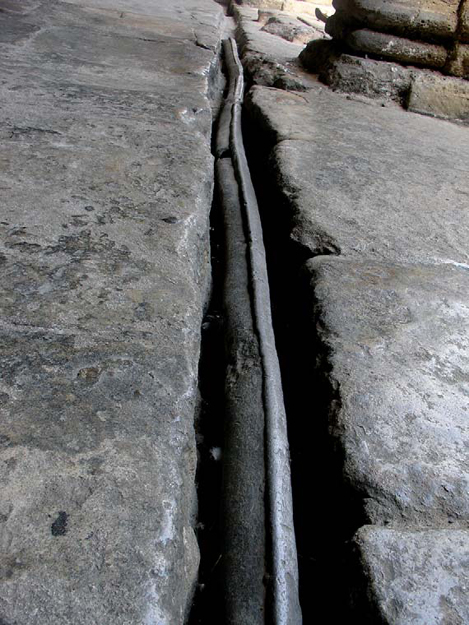
Ancient Romans built a network of pipes to carry water from natural springs into their towns. Some of the pipes were made of lead, including this one in the Roman baths in Bath, England.
A Dangerous Substance
At one time, decorative house paint with lead as an added ingredient was very popular in the United States. People said that white lead, a paint pigment, or coloring, had an unusual brightness. Housepainters also reported that lead paint covered a house much better than paint made without lead. Certain types of glass are made with a lead compound, too. This type of glass is called lead crystal. Lead crystal chandeliers sometimes contain as much as 30 percent lead mixed in with the molten glass. Adding lead to the glass makes it sparkle brilliantly.
But as far back as 400 BCE, the physician Hippocrates (460377? BCE) suspected trouble when he reported a lead miner with a severe case of abdominal pain. Marcus Vitruvius Pollio (8525? BCE), a Roman engineer, also noticed that men who worked in smelters, places where lead was heated up to purify it, looked unusually pale and sickly. Later, doctors discovered that housepainters who used lead paint often developed wrist drop, a condition in which the painters lost all control over their wrist muscles.
The Alchemists
Alchemists used lead. It was the first and, therefore, oldest of the seven metals of alchemy. The other metals were gold (Au), silver (Ag), mercury (Hg), copper (Cu), iron, and tin. Alchemists tried very hard to find a way to turn base (low in value) metals such as lead into noble metals, like silver or gold. But because one element cannot be turned into another element under normal circumstances, the alchemists were unsuccessful in their attempts.

